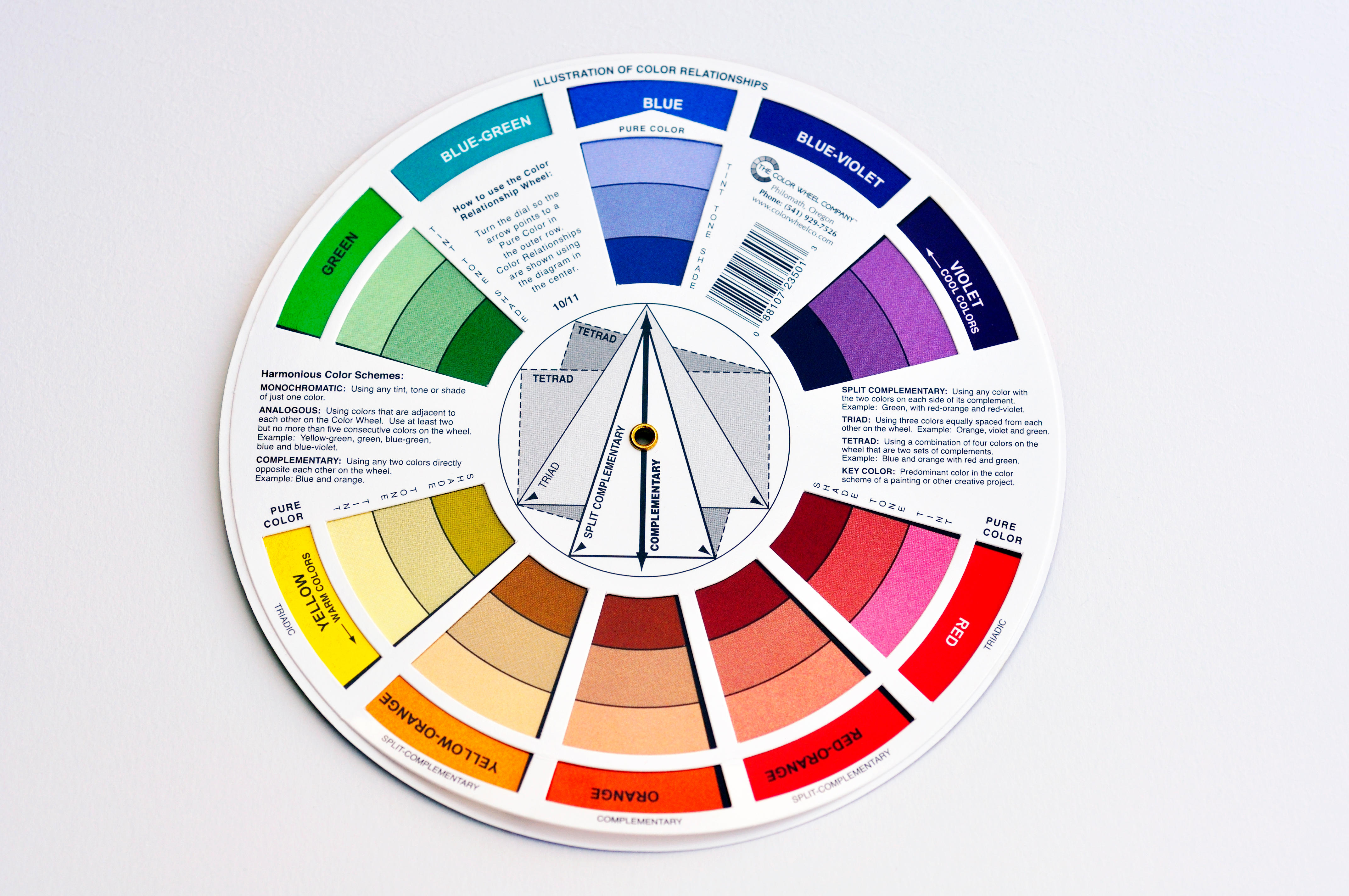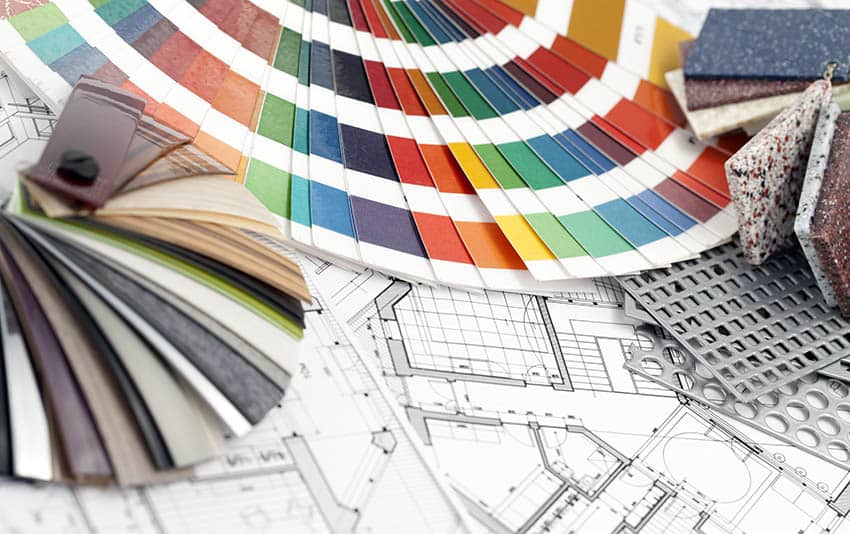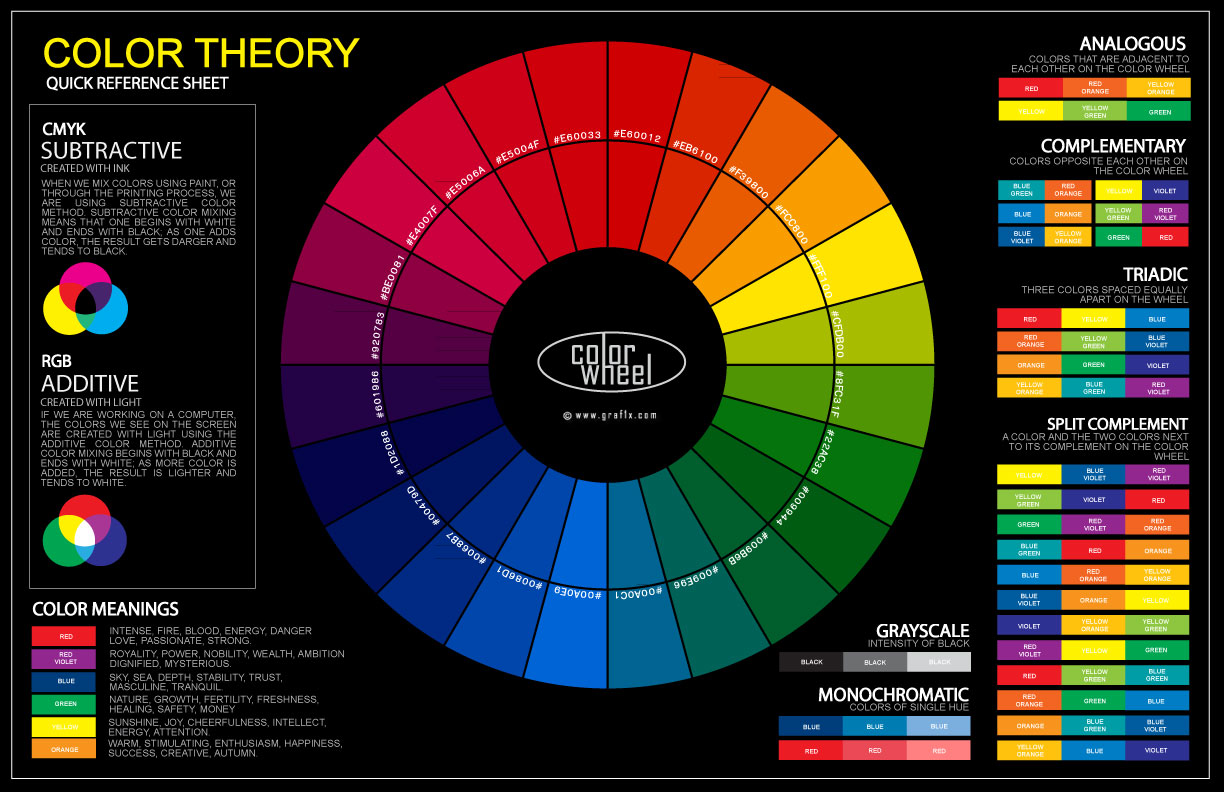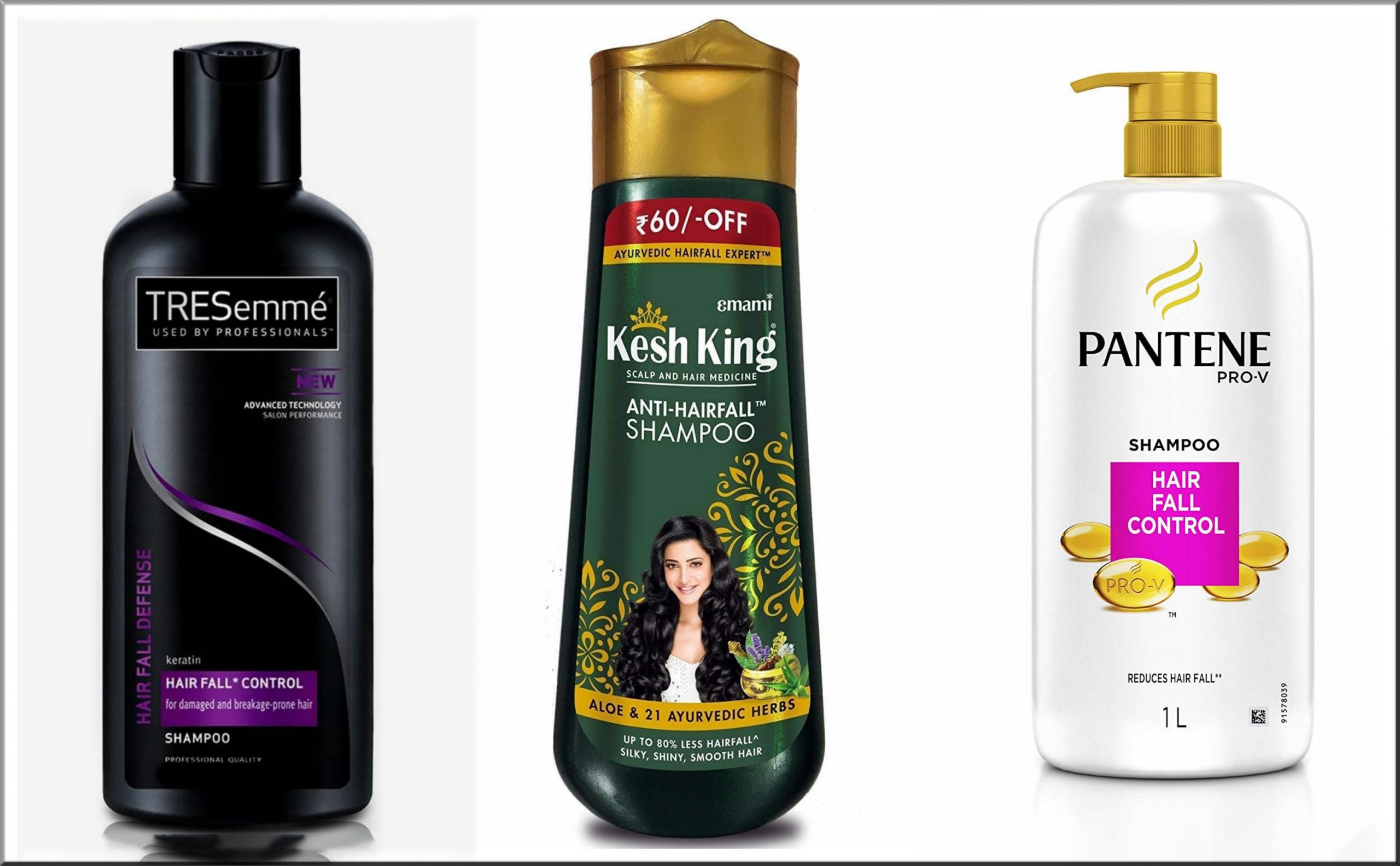Table Of Content

Below, we spoke with interior designers and experts about their favorite tried-and-true color theory principles. Harmonious colours (also known as analogous colours) sit next to each other on the colour wheel. They are the most widely used in interior design, and it’s easy to see why. Choosing adjacent colours is a simple way of creating a harmonious scheme that’s easy to live with. A color scheme in interior design is essentially a framework for choosing your specific color palette. When it comes to home design, understanding color theory helps with color harmonization.
Mixing Patterns to Create a Harmonious Home: Effortless Style Tips
You may even be surprised, but it is effortless to understand the principle of its construction. 'Cool colours tend to be characterised by blue undertones, while warm colours have reddish undertones. These undertones are important since they're fundamental to the perception of colour and the specific palette it will work with. 'Split-complementary colours are a variation of the complementary colour scheme.
What are split-complementary colours?
This color scheme is perfect for those who want to create a vibrant and energetic look. For example, a triadic color scheme in red, yellow, and blue can include red walls, a yellow sofa, and blue accent pillows. An analogous color scheme is created by using colors that are adjacent to each other on the color wheel. This color scheme is perfect for those who want to create a cohesive and harmonious look.
Complementary Colors

Cool-toned colors (gray, blue, silver, and most whites) can make a room feel grounded, calming, and clean. Using too many cool tones in one room can make a space feel cold and unwelcoming. Tint is created by adding white to a hue, which makes it lighter.
5 ways to create a maximalist color palette - Homes & Gardens
5 ways to create a maximalist color palette .
Posted: Sun, 21 Apr 2024 10:00:01 GMT [source]
What are the basic principles of color theory in interior design?
Finally, to conclude we may say that, while colours may look like the simplest thing to see they are far more complex to understand. You can use monochromatic colors to add depth and definition to a room by using dark and light as the vehicles for contrast, rather than the temperatures of the color. Warm colors absorb heat generated by light, so it makes the environment cozy and intimate. Houses up in the mountains are often decked out in darker wood, rich reds and earthy browns. In 1666, Sir Isaac Newton conducted an experiment on a prism in which he discovered that pure white light contains more colors. Over the years, scientists and artists have made improvements to make the color wheel look like it does today.
This mix creates a colour palette with strong contrasts and well-balanced hues. These bright colour choices are ideal for living rooms since they radiate a cheerful, invigorating feel. To increase contrast or decrease the brightness, use your three colours in a variety of hues and tints. The true magic happens when you start applying it to your own space. Choose a room in your home, pick a color scheme, and start experimenting.

The playfulness of the color combinations can add energy and personality to your design. Remember to balance warm colors with neutral tones or cooler colors to avoid overwhelming the space. Consider the size and natural lighting of the room when choosing warm colors, as they can make a room feel more cozy and intimate. Additionally, warm colors work well with natural materials such as wood and earthy textures, creating a harmonious and inviting ambiance. Consider incorporating secondary colors through accent pieces, such as pillows, artwork, or statement furniture.
So, an orange throw pillow would create a vibrant contrast, making your blue sofa stand out even more. But if you want a more harmonious look, you could choose pillows in analogous colors, like green or purple, which are next to blue on the color wheel. In a room, it is tricky to create a balance of both warm and cool colors. Add splashes of warm colors by adding décor in darker colors such as a black vase, a rich red rug, or a combination of light and darker pillows. A monochromatic color scheme, as the name suggests, revolves around a single color.
What are Complementary Colors? (How to Use Them at Home) - Apartment Therapy
What are Complementary Colors? (How to Use Them at Home).
Posted: Mon, 25 Mar 2024 07:00:00 GMT [source]
Pink and green
All colors on the color wheel have an opposite complementary color, no matter if they are primary, secondary, or tertiary colors. The complementary color for green is red, the complementary color for purple is yellow, and the complementary color for orange is blue. If you look at the evenly spaced colors on the color wheel, you will find your triadic colors. All primary colors paired together is triadic, so are all secondary colors. When used together, triadic colors stand out and call attention to one another. Designing an interior using triadic colors can make a space pop and create an unexpected visual element.
These hues line up between the primaries on the color wheel because they are formed when equal parts of two primary colors are combined. In warmer climates, it is best to use cool colors like blue, white, green, and earth colors. Aside from the fact that they look cooler, they also reflect heat from light so the temperature in the rooms are also much better. Beach houses are warmer because of the light being reflected by the ocean. Although the breeze from the ocean appears to be cooler, in theory being near the ocean is warmer than being inland.
You see, I’m afraid of committing to any one single color because I know myself well enough to know that I tire of color very quickly. And it can seem very jarring to me to have bursts of color around the room. Undoubtedly, you will have some things in your home that have to stay. Whether due to budget, time, or talent, you will need to take stock of these unchangeable elements in your home. Some of these things may be flooring, kitchen and bathroom cabinets, countertops, faucets, wall tiles, etc.
Try one of these great color generators to make decorating the perfect room easier. While complementary colors are on opposite ends of the color wheel, analogous colors are found alongside one another. A true analogous color scheme creates harmony by mixing three adjacent hues – for example, the combination of red, orange, and red-orange.
A classic split complementary scheme, the addition of the deep blue shade of the headboard and the forest green walls ensure a cohesive, cosy sophistication. With over a decade of experience, Olivia has had the joy of working on a wide range of award-winning projects, including residential, retail, office, and restaurant design. Style radiates from everything she creates, making Olivia Erwin easily one of the top interior designers in LA. At Lh, we not only love beautiful things, but we also love sharing the talents that create them. So, today we are honoring a collection of top interior designers who are working in and around the LA area. Read on and discover, from Z-A this time, 50 of the top interior designers in LA.

No comments:
Post a Comment